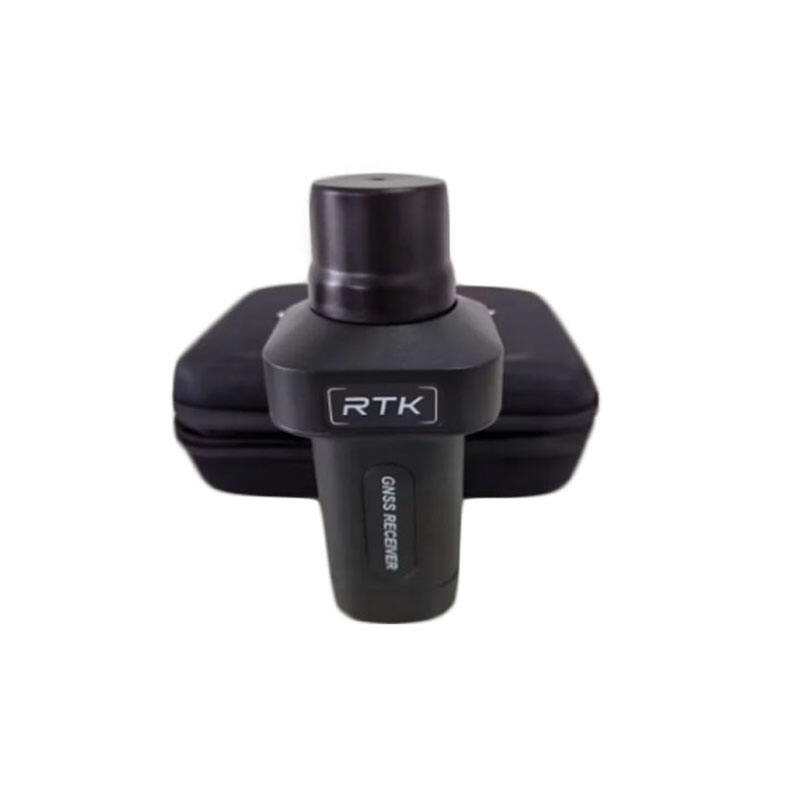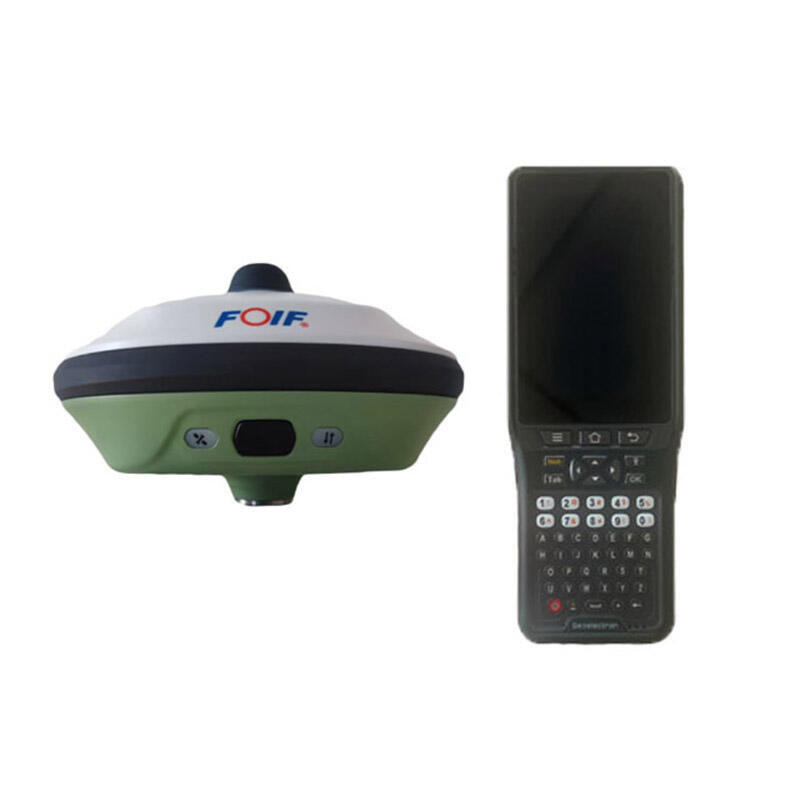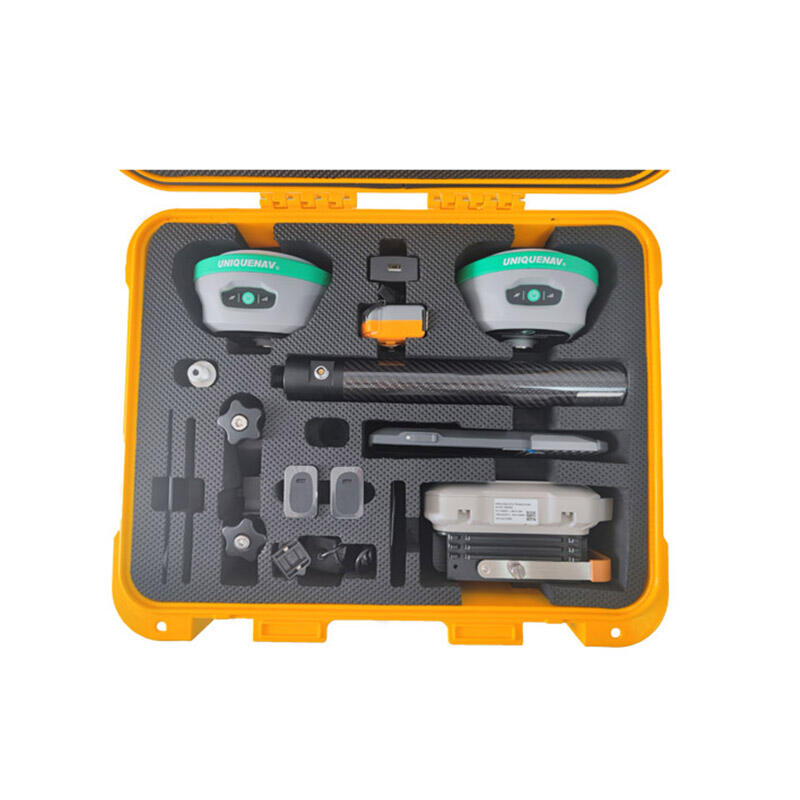low cost gnss rtk
Low cost GNSS RTK (Global Navigation Satellite System Real-Time Kinematic) technology represents a revolutionary advancement in precise positioning systems, making high-accuracy GPS solutions accessible to a broader market. This technology combines affordable hardware components with sophisticated algorithms to deliver centimeter-level positioning accuracy. The system typically consists of a base station and rover units that communicate in real-time to provide precise position data. By utilizing multiple satellite constellations including GPS, GLONASS, Galileo, and BeiDou, these systems achieve enhanced reliability and accuracy. The base station remains at a known fixed position, continuously transmitting correction data to the rover units, which can be mobile and used for various applications. Modern low cost GNSS RTK systems incorporate advanced error correction mechanisms, multipath mitigation techniques, and robust communication protocols to ensure reliable performance. These systems commonly feature user-friendly interfaces, wireless connectivity options, and compatibility with various data collection devices. The technology has found widespread application in precision agriculture, construction surveying, GIS mapping, and autonomous vehicle navigation, offering a cost-effective alternative to traditional high-end RTK systems while maintaining professional-grade accuracy.


